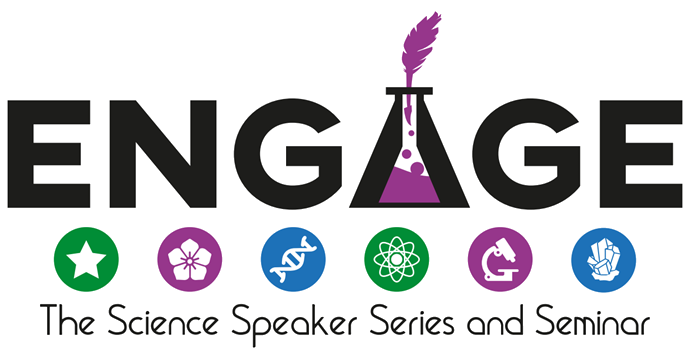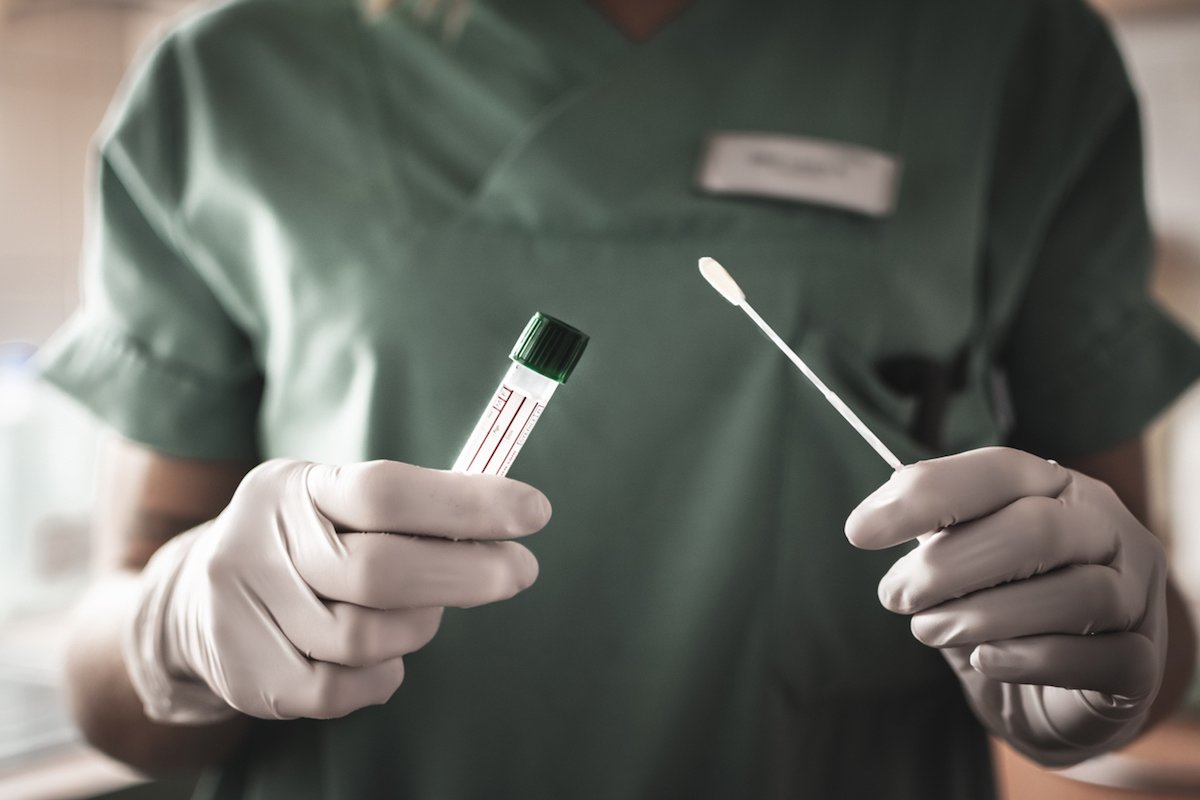Testing, testing, 1, 2, 3….
We’ve all sat on the sterile paper of a doctor’s examination table. Slouched over our sniffles, we wait for our throats to be swabbed, blood to be drawn, and urine to be collected. Our physicians run tests on these samples to figure out what is making us sick – a process referred to as “diagnostics.” The way a sample is collected and the analysis run on it are referred to as “diagnostic tests.”
Diagnostic tests are powerful tools that tell us what’s happening inside our bodies. A recent example is COVID-19 testing, which requires a nose swab to detect SARS-CoV-2 virus. Two types of tests can be done on this swab: a PCR or an antigen. Though both tests can diagnose COVID-19, you may opt for one test over the other depending on your situation. For instance, you may choose an antigen test because you can do them yourself at home and get results within fifteen minutes. However, you may choose a PCR test for its higher accuracy. There are pros and cons amongst diagnostic tests, but the end goal is the same: you need to figure out the status of your health to go about your life.
Tuberculosis, like COVID-19, is a respiratory disease and infects over 10 million people a year globally. It is the second leading cause of death due to infectious disease globally, with COVID-19 being the first. The current way tuberculosis is diagnosed is through making people cough up gunk from deep within their lungs, which is difficult and uncomfortable. We can run a test on this gunk to see if it contains tuberculosis bacteria. This test, called “cell culture,” is very accurate but takes more than two weeks to run. Two weeks is a long time to wait for a test result! Imagine the experience of waiting over three days to get your COVID-19 test results back – you get rightfully impatient. There are tests for tuberculosis that produce faster results, in a matter of hours or days, but they are less reliable and often give false results.
In my own research, I study the use of tongue swabs for diagnosing tuberculosis, which is a safer and faster alternative to the current methods. Tongue swabbing is fast and painless, and eliminates the need to cough up gunk from the lungs. Additionally, we are working on new methods in the lab to try and improve test accuracy and decrease wait times for results.
Improving diagnostics is critical to advancing public health and medicine overall. When we can identify what’s making us sick, we are on the path to getting the right treatment and feeling better. As researchers in this field, it’s important to put diagnostics to the test to make our technologies as accurate and accessible as possible.
Lauren Sarkissian is an epidemiology student who will be receiving her Master of Public Health in spring 2022. She has spent her time at the University of Washington studying improved diagnostics for tuberculosis within the Cangelosi Lab. Her unique experience of studying infectious diseases during a pandemic makes her eager for an exciting career in public health.


